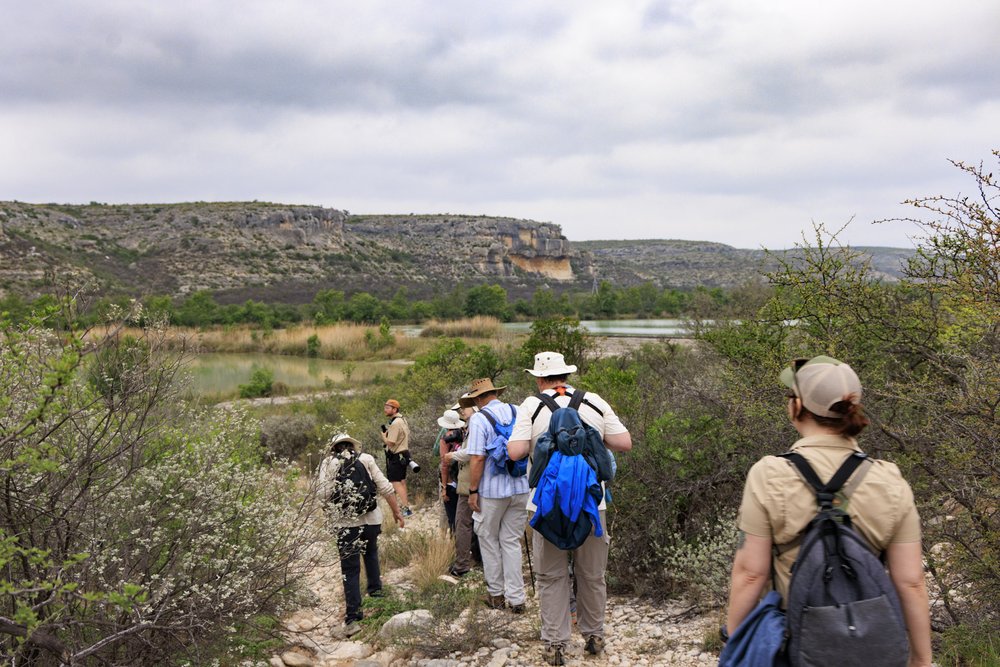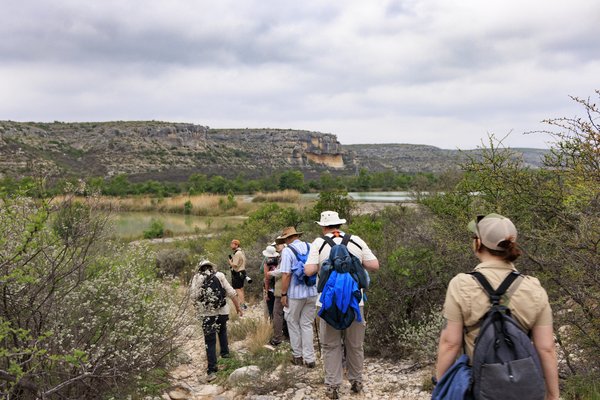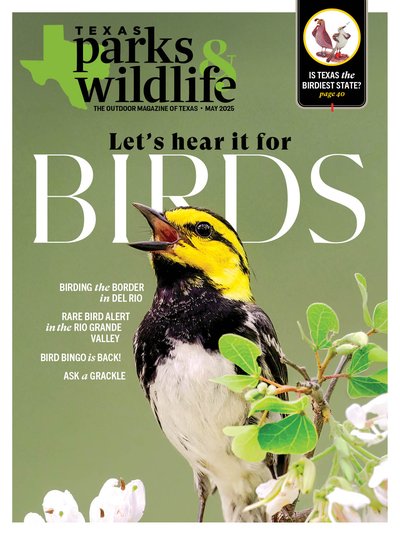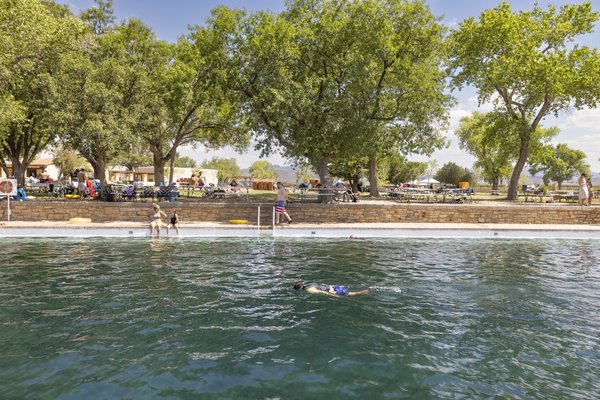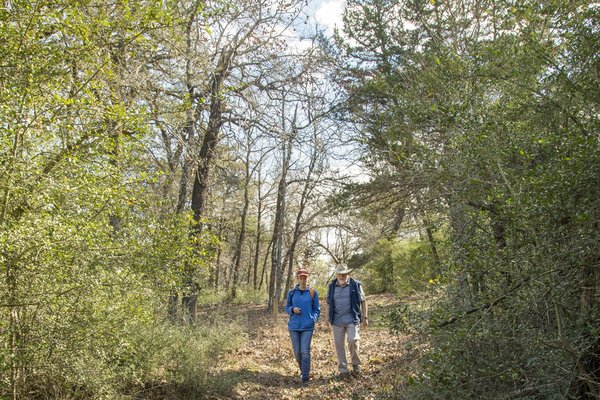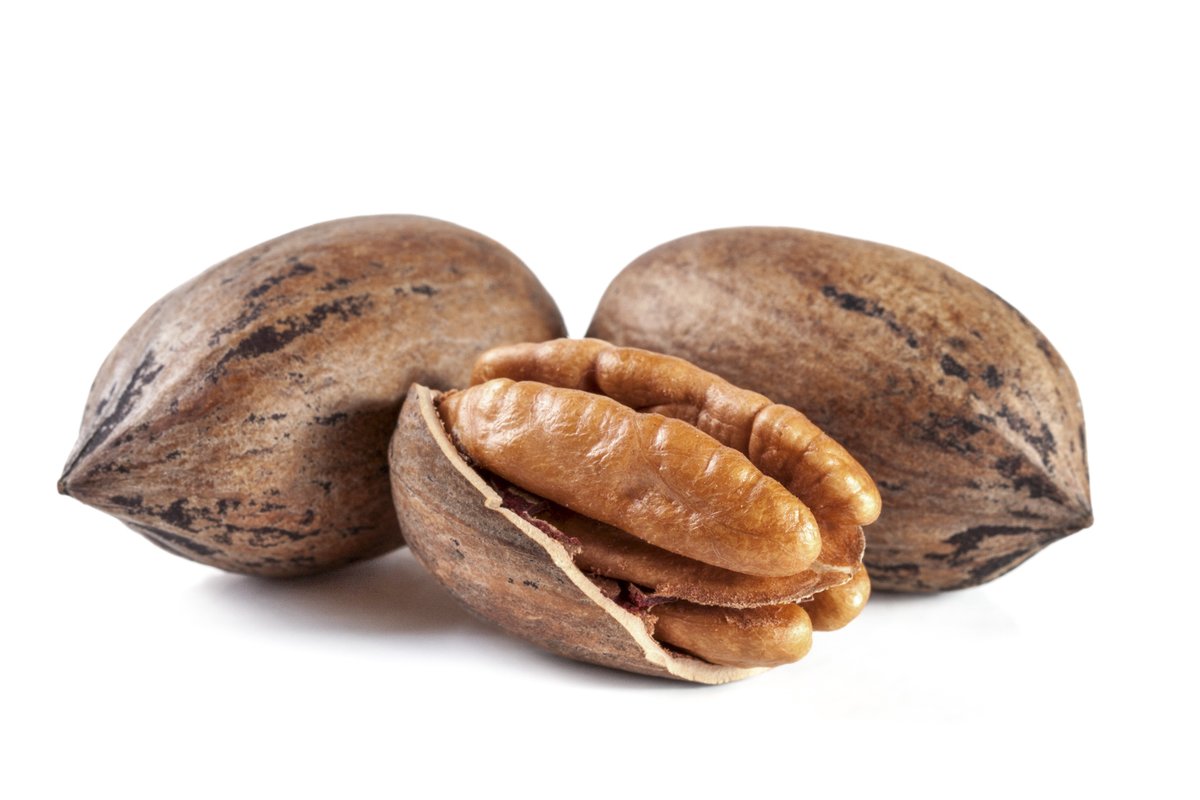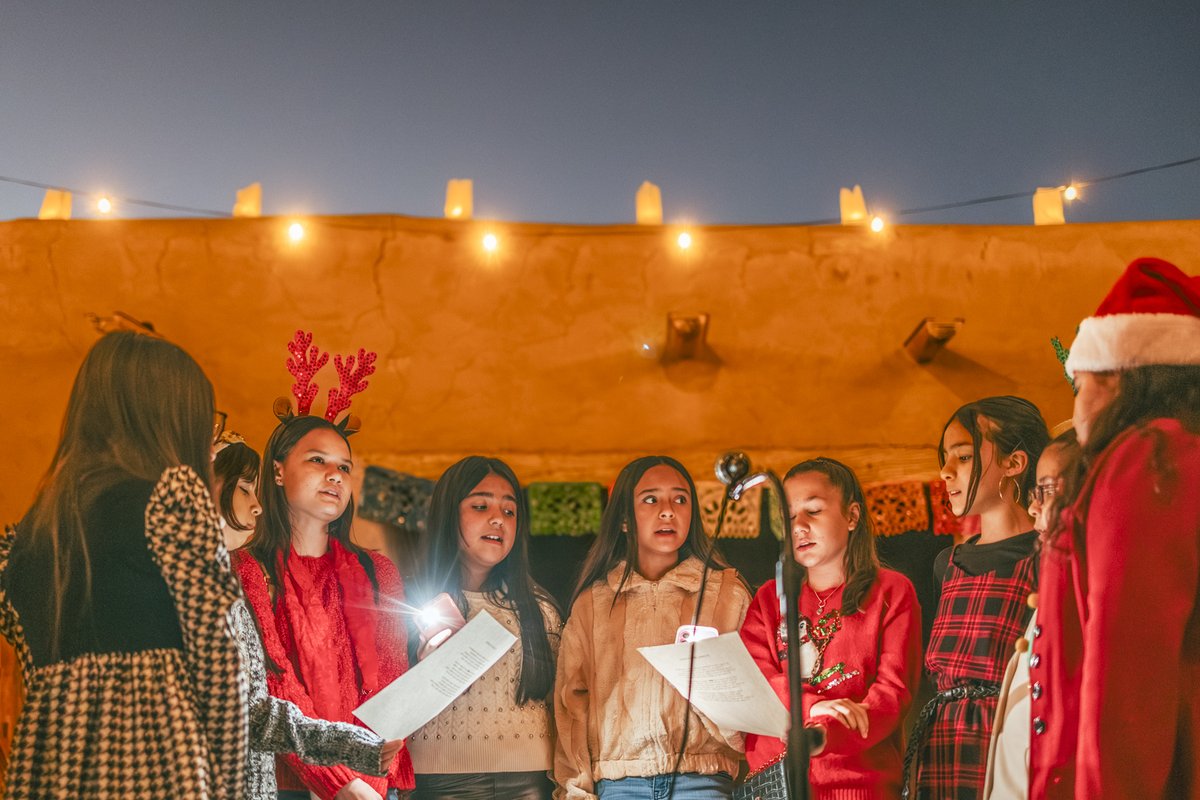During the first days of May 2024, Southeast and Central Texas took on a relentless assault from the elements. Record high winds, hail and heavy downpours led to historic floods. The governor's office released a severe weather disaster declaration. While many Texans hunkered down in the storm, Southwest Texas was experiencing mild weather and sunny skies - perfect birding weather.
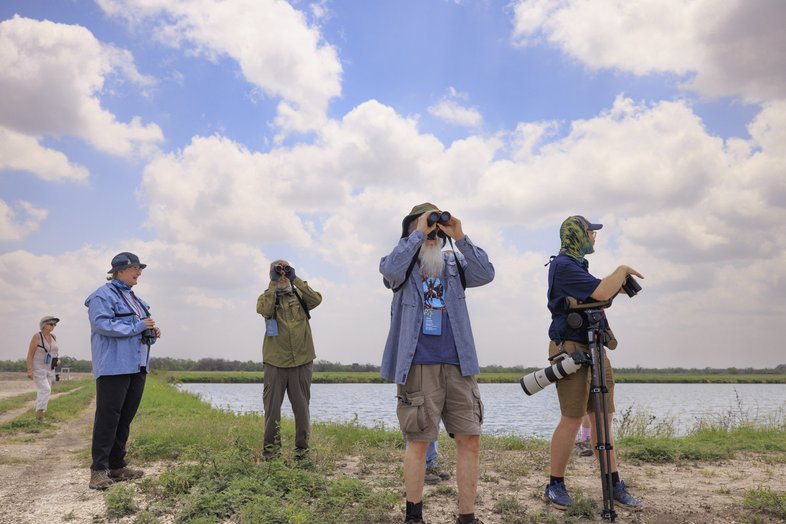
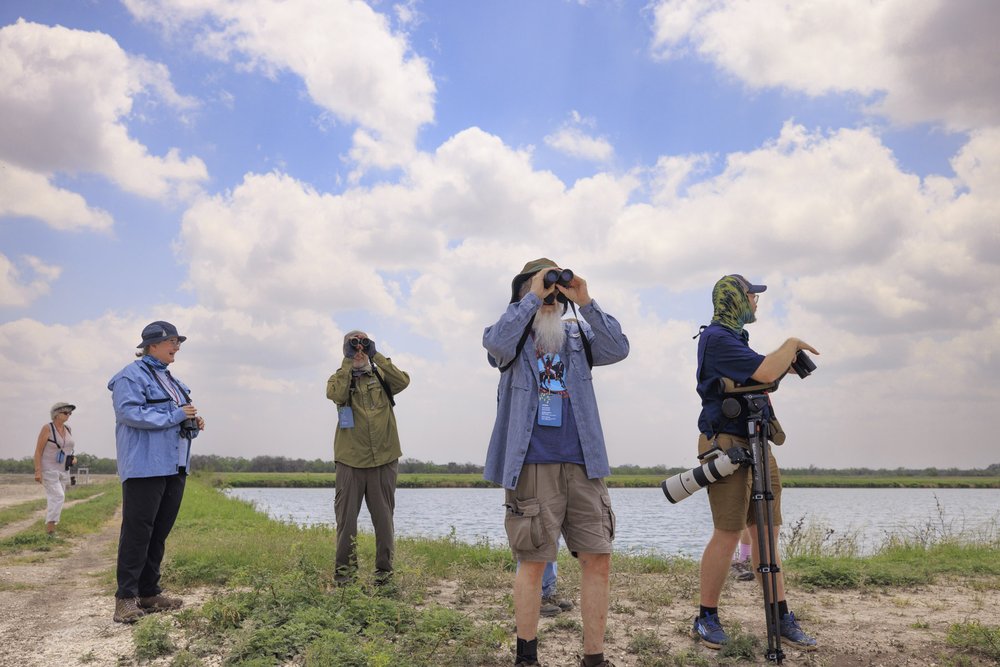
A tour group looks for birds at Fort Clark Springs in Brackettville..
A tour group looks for birds at Fort Clark Springs in Brackettville..
In the days leading up to our trip, we keep an on eye severe storms in the forecast that are threatening to rain on our parade. We decide to make the trip anyway, packing rain boots, extra towels, umbrellas and good rain jackets to see what we can make of it. Sometimes, the best adventures come from unexpected circumstances — and everyone knows springtime rains can make the blooms brighter.
On my drive to Del Rio for the Birding the Border festival, I feel as if I am entering bird heaven. Red-tailed hawks perch on irrigation pivots. Crested caracaras snack on roadkill. Scissor-tailed flycatchers dart between telephone poles.
Nestled along the Rio Grande, Del Rio sits on the Mexico border below Lake Amistad. Del Rio is an underrated and overlooked dream for naturalists and adventurers alike. With abundant natural water features and preserved land, the area serves as a haven for native flora and fauna.
Birding the Border is the brainchild of wildlife program specialist Liz Tidwell and program coordinator Emily Grant of the Texas A&M AgriLife Extension Service. Conceived in 2017, the three-day event began as an opportunity to connect local landowners with birding enthusiasts. It combines educational sessions with birding day trips to ranches, parks and natural areas.
“Texas is about 95 to 98 percent private land. So, of course, that is where the majority of birds are located and that is where you have to go to see them,” Grant says. “What is amazing is the amount of bird diversity you see on these private ranches. We hope the birders attending learn about the level of care and protection landowners apply to their spaces to encourage and support natural diversity.”
With landowner relationships at the core of the festival's mission, Grant and Tidwell utilized their contacts with AgriLife to develop an impressive list of partnerships across myriad locations such as farms, ranches, preserves and state parks throughout Val Verde and Kinney counties.
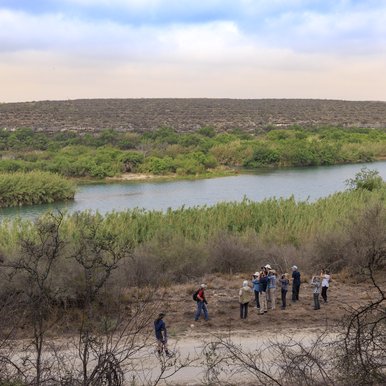
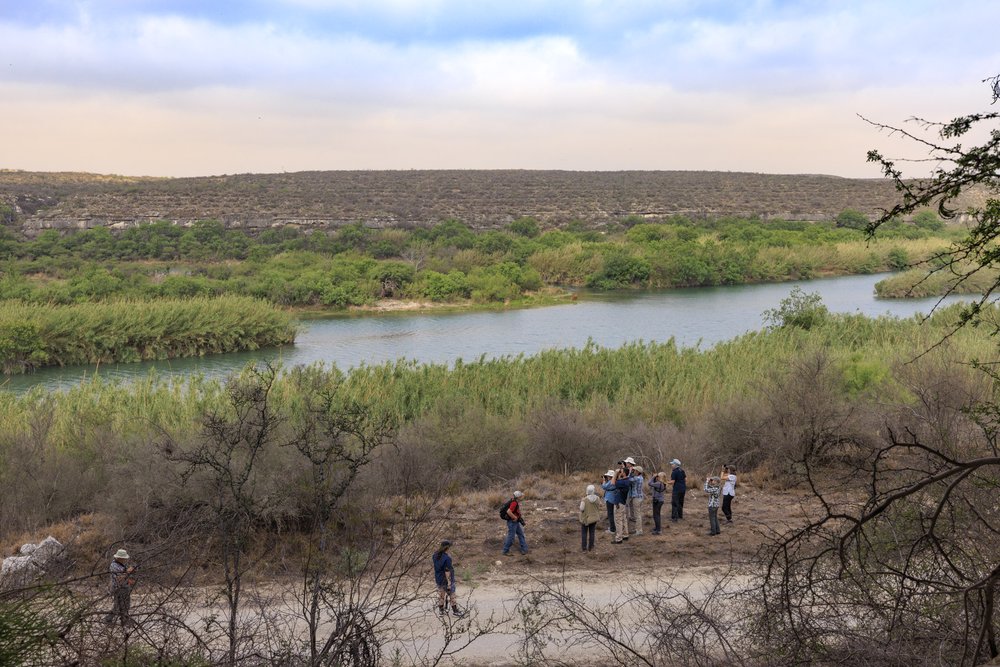
One of the main attractions of this year's festival was Dobbs Run Ranch, which runs along the West Nueces River; beginning birders are treated to a hayride at Las Ciénegas.
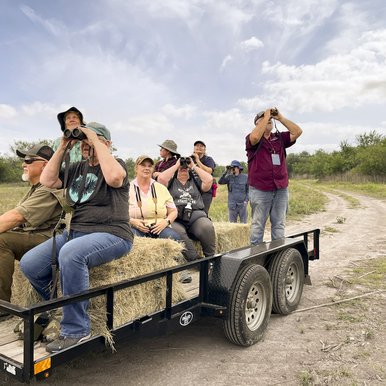
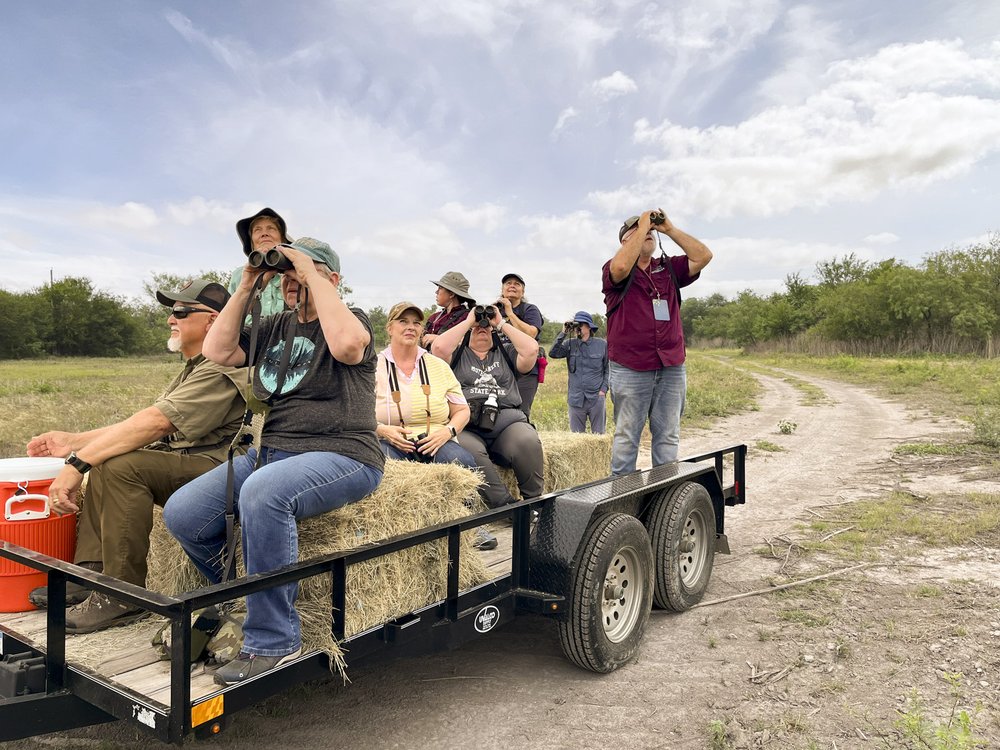
One of the main attractions of this year's festival was Dobbs Run Ranch, which runs along the West Nueces River; beginning birders are treated to a hayride at Las Ciénegas.
One of the main attractions of this year's festival was Dobbs Run Ranch, which runs along the West Nueces River; beginning birders are treated to a hayride at Las Ciénegas.
Unprecedented Access
Just ahead of the sun, a group of intermediate birders meets at 5 a.m. on a Friday morning at the event's main hub of operations for coffee, muffins and a bus ride to one of the crown jewel attractions of the festival, the private Dobbs Run Ranch. Running along the West Nueces River, the ranch is an expansive beauty of 9,100 acres dotted with a variety of landscapes and watering holes for local wildlife. The ranch is a sought-after destination for birders because of a handful of resident bird species aptly named The Big Three; Montezuma quail, golden-cheeked warblers and black-capped vireos. Each bird is a rare Texas native. Spotting a single one in a year would be a feat; seeing all three in an afternoon is a birding miracle.
With every new group they lead, birding guides Stephen Falick and Ty Allen ask the group for the birds they hope to see on their hike. Falick uses the audience's suggestions as a starting point.
“You try not to overlook any bird, but some birds need a little bit more targeting. If people traveled out here to see something, you want to try your best to make sure they see it,” Falick says.
Allen adds, “Especially with locally common birds like the painted bunting or vermilion flycatcher. For us in Texas, those are birds we see all the time. But for people outside of Texas, that may be one of their main target species … birds you may overlook. It helps to know there are people who distinctly want to see that species.”
The expedition to the Dobbs Run Ranch starts as a sleepy commute and turns into a chatty commotion as guests exit the bus and board ATVs piloted by bird guides and ranch employees. The ATVs bump over rocky roads lined with juniper and cactus. Once the ATVs stop, the participants deboard and raise their binoculars. A bright and bold red male summer tanager welcomes the group first. From there, the search is on.
Guides and birders excitedly whisper among themselves,
“A black-crested titmouse!”
“An oriole!”
“Is that a gnatcatcher?!”
“Where?”
“It's over there in the elm!”
“Don't point! You'll spook it.”
Falick points out that one of the main incentives for attending Birding the Border is the access to private property and exclusive attractions. “The atmosphere is fantastic. All the people working for the festival are really nice. The volunteers have been great. The access to locations you would never get otherwise is a wonderful benefit. The location we went today, the Dobbs ranch, without this festival, I would never have gotten past the front gate. It's a very cool habitat with very cool birds.”
Falick continues, “Showing people a bird that they have always wanted to see and seeing the smile and expression on their face as they are looking at an incredible bird, it's great.”
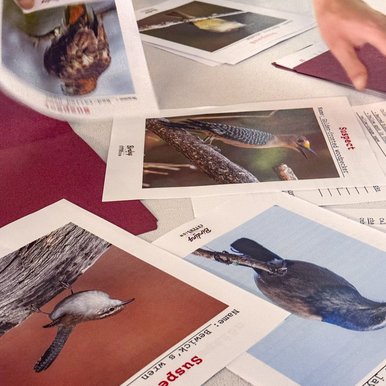

The festival welcomes experienced and novice birders alike.
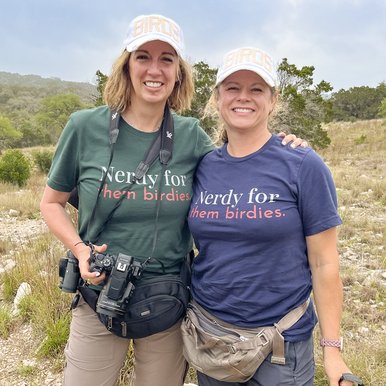
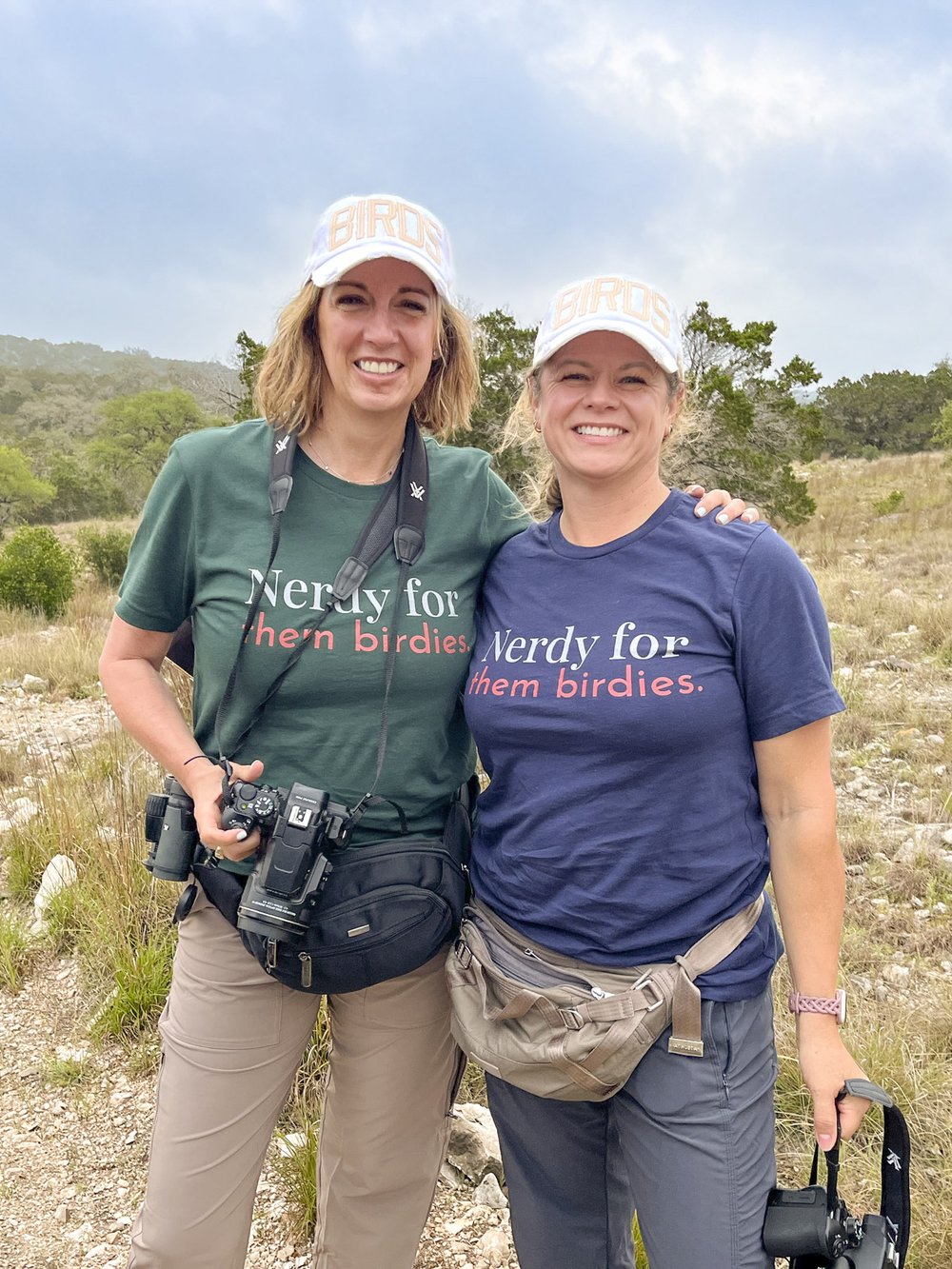
The festival welcomes experienced and novice birders alike.
The festival welcomes experienced and novice birders alike.
A Festival for All Birders
Sean Power may be the last guy you expect to see at a birding festival… or the first. It really depends on your idea of a birder. An extrovert decked out in a fishing hat and running gear, Power grins from ear to ear as he enthusiastically mingles among attendees. While he shares a lifetime love of birds, the Houston native had never attended a formal birding event before this one. Power says the festival's beginning birder track pulled him in.
Birding the Border developed a beginner track to cater to people who might otherwise find a guided bird tour intimidating.
On the beginning track, birders arrive at Las Ciénegas, a sprawling urban ranch complete with friendly dogs and duck ponds. Beginning birders are treated to a hayride across the property while identifying its avian wonders.
The guides are bubbly and jolly as they channel their passion for birds into teachable moments. There are no hushed crowds or quiet, tiptoed hiking. Enthusiasts stroll down ranch roads while pointing and blurting out, “I see a bird! What is it?!” With their endless patience, the guides identify each bird and watch as the group appreciates even the most common birds. The group agrees that an experience focused more on learning than birding etiquette encouraged their curiosity and involvement.
“It's been great to talk with other beginners,” Power says. “Our guides have been very nice and conversational, helping our beginner group feel comfortable asking questions and helping us to learn the basics of binoculars and bird scopes. It's worked out really well. Being able to finally see more of the birds and wildlife in Texas has really been meaningful to me.”

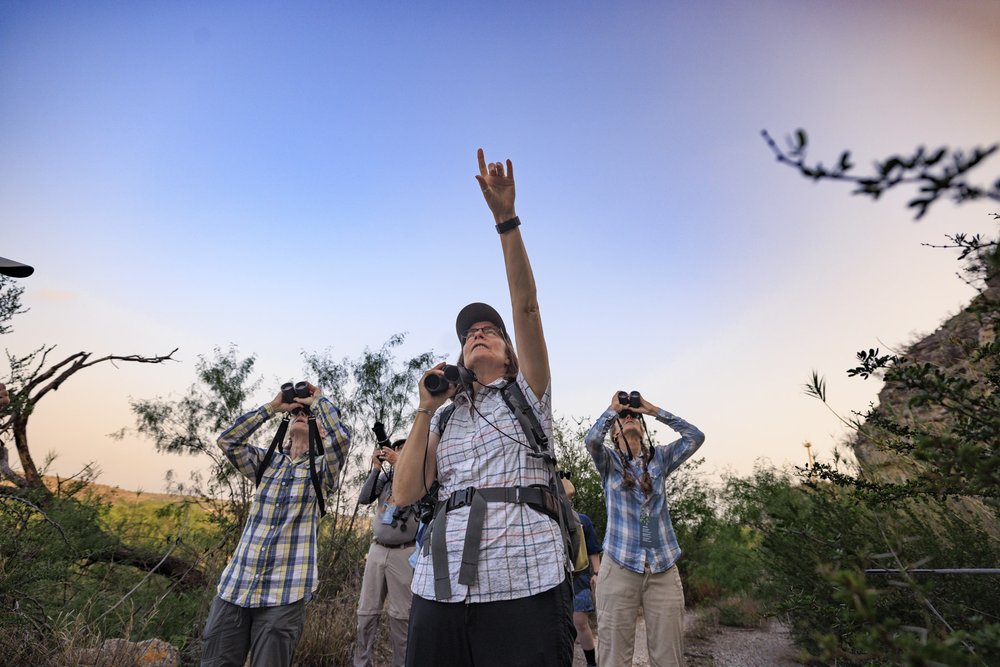
Birders at Amistad National Recreation Area.
Birders at Amistad National Recreation Area.
Building a Culture of Birding
Hiking alone the steep trails of the Dan A. Hughes Unit of the Devils River State Natural Area, experienced birders John and Cathy Williams of Crescent City, California, revel in their first birding trip to Texas. Since retiring, their hobby has taken flight. They chose Birding the Border for its access to private land and birds not native to the West Coast.
“The Pecos River and Rio Grande are very important birding spots. And they're just beautiful,” says John Williams, who has been birding since his college days in the 1970s. “The ranches were very unique, and the people were friendly, but being around the rivers is what I liked the most.”
Williams says he appreciates that the birding guides have been generous with their knowledge. “All the guides are very good,” he says. “It makes a huge difference when you are learning birds if you have someone who will describe, ‘This is what you have to do. You have to look at the belly. You have to look at the head. You have to look at the body. You have to look at various markings.’ It builds confidence, especially for beginners.”
Building a culture of acceptance and inclusivity throughout the festival was a top priority to organizers Tidwell and Grant. “It was very important that this event helps anyone at any level or skill improve,” Grant says. “It's critical that every guest feels comfortable and can grow from the experience.”
Birding in the wild may be daunting, but the Birding the Border Festival in Del Rio makes it easy and fun. It's a community-focused, three-day adventure of learning and appreciation. If you have the time to take the road less traveled and appreciate perfect birding weather, this festival should be at the top of your wish list.
Attend this Year's Festival
May 1-4
wildlife.tamu.edu/birding/birding-the-border-2025
Experience Del Rio
In town
Experience Del Rio's thriving art scene by browsing art galleries, explore life on the frontier at the Whitehead Memorial Museum, or visit the Val Verde Winery, the oldest winery in Texas.
Outdoors
Lake Amistad is one of the largest lakes in Texas and home to some of the state's best bass fishing. Devils River State Natural Area offers a rugged outdoors experience with camping, hiking, swimming and fishing; the new Dan A. Hughes Unit of the state natural area opened in early 2025. At Seminole Canyon State Park, visitors can experience cave dwellings and some of the oldest Native American pictographs in North America.
